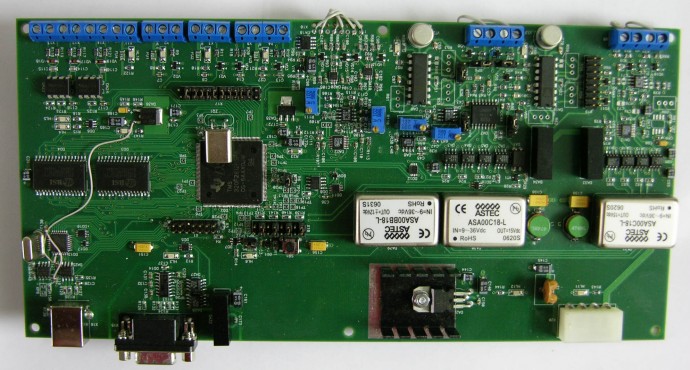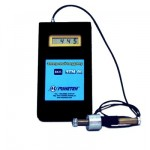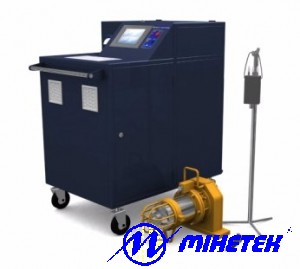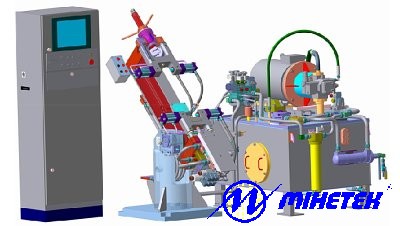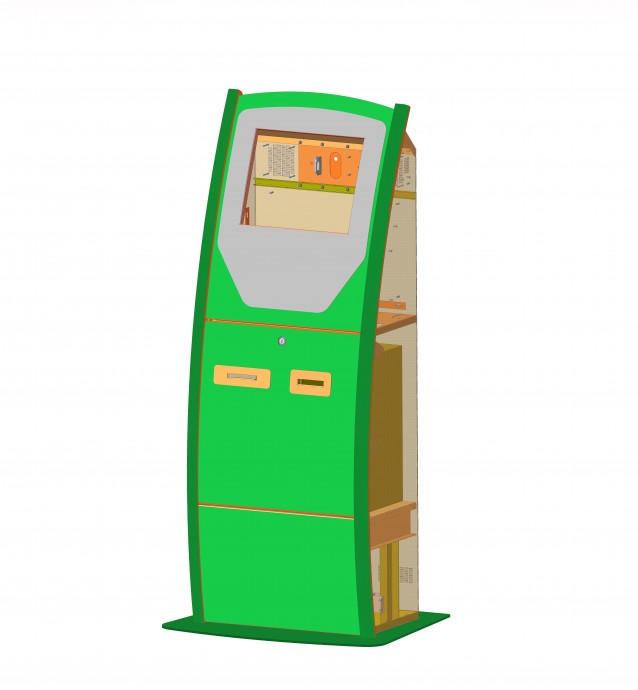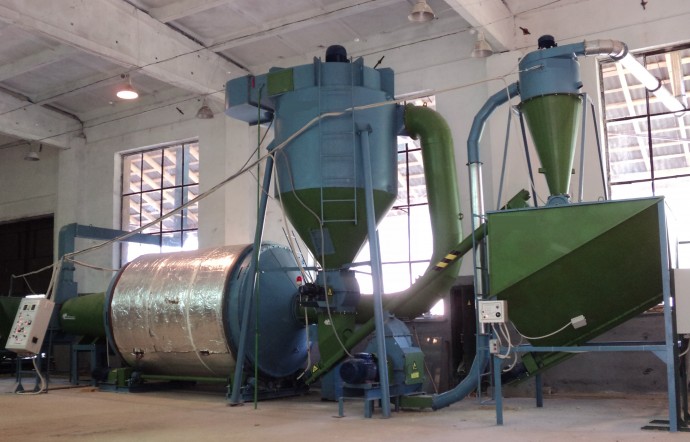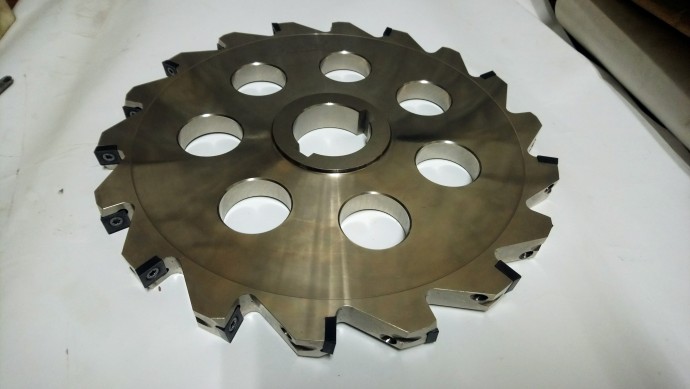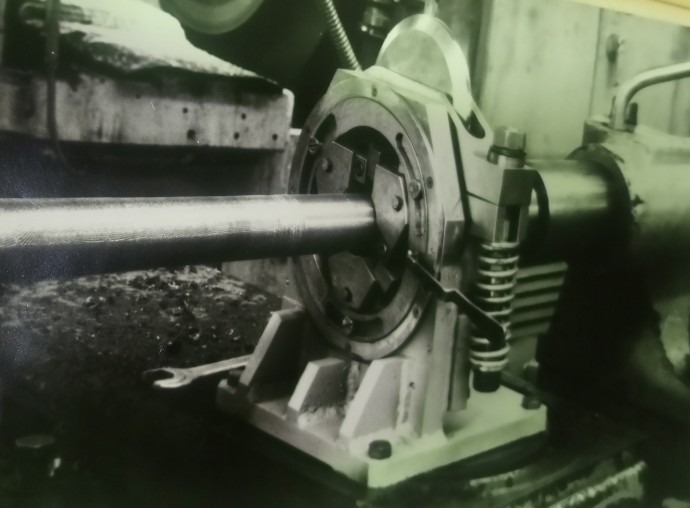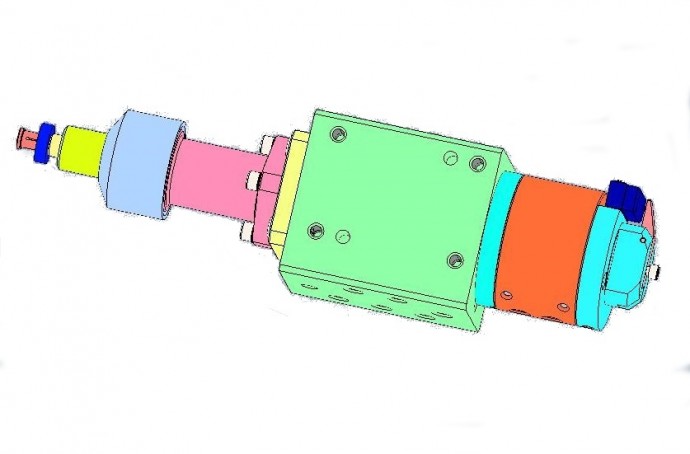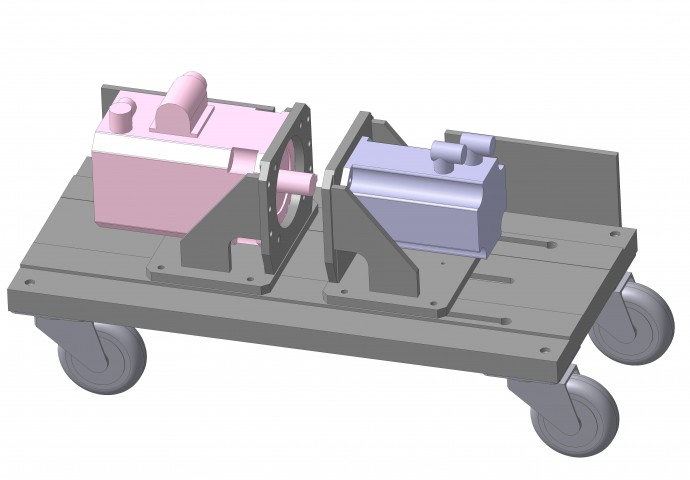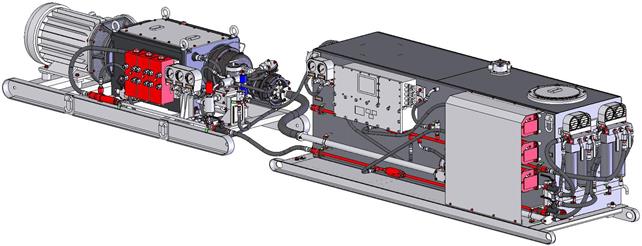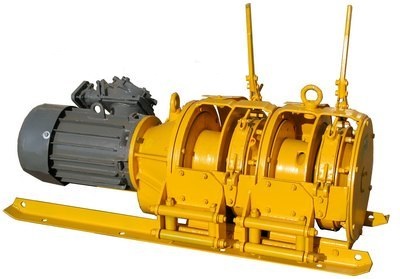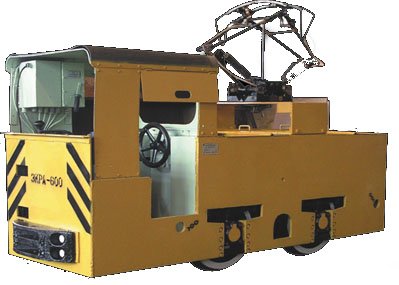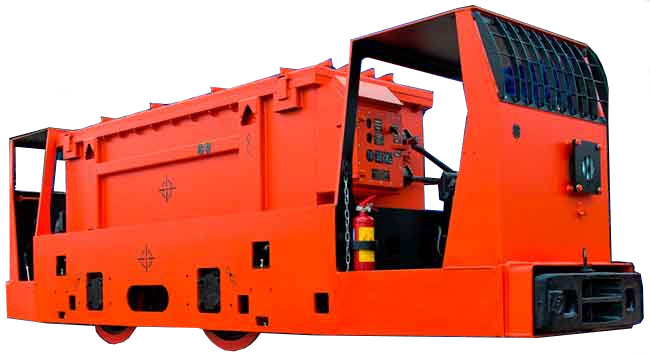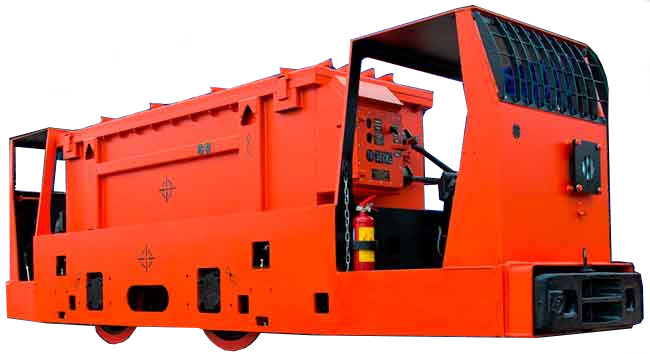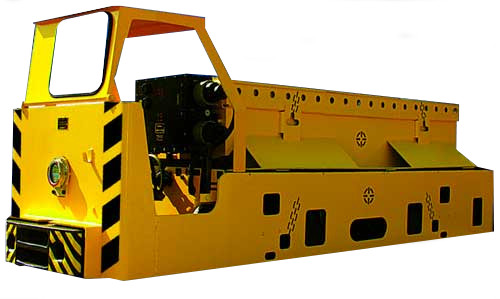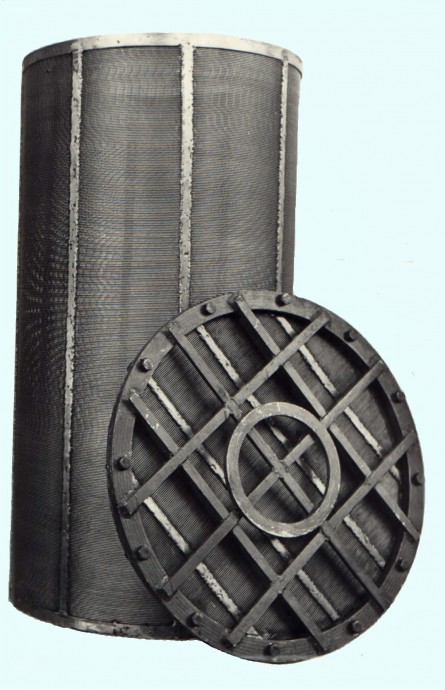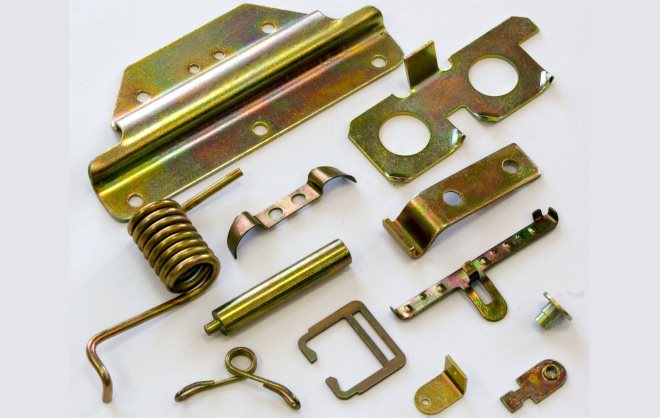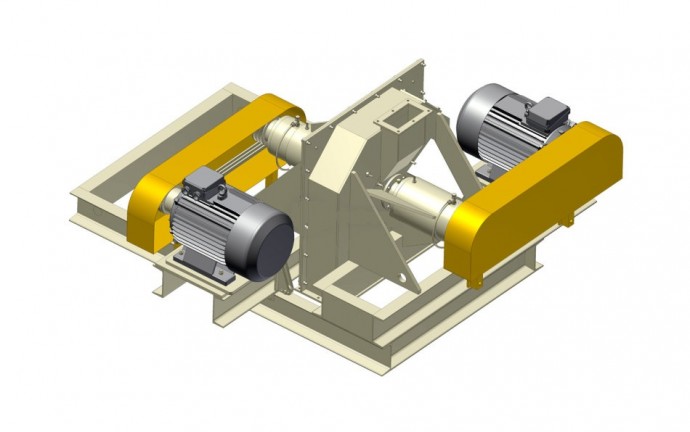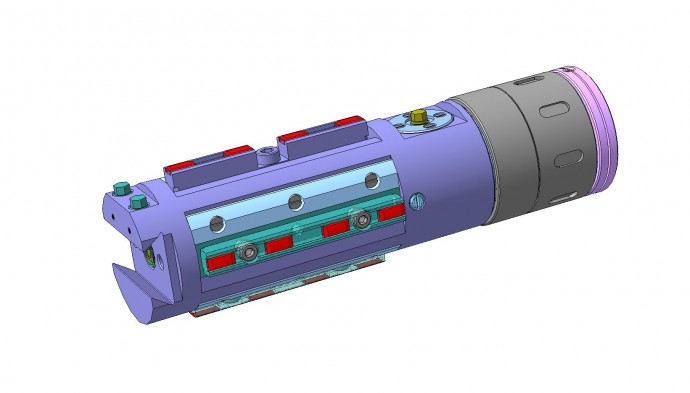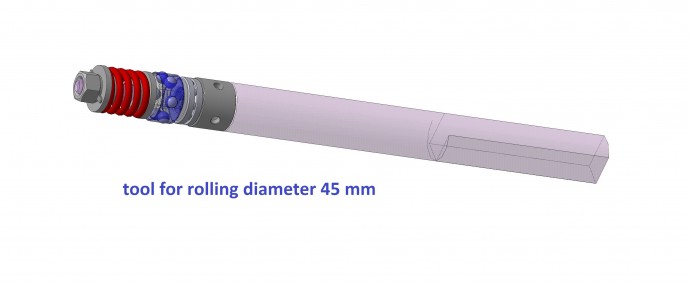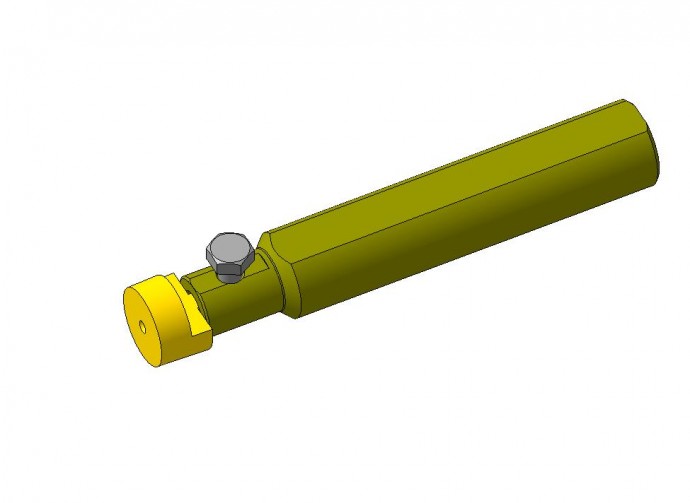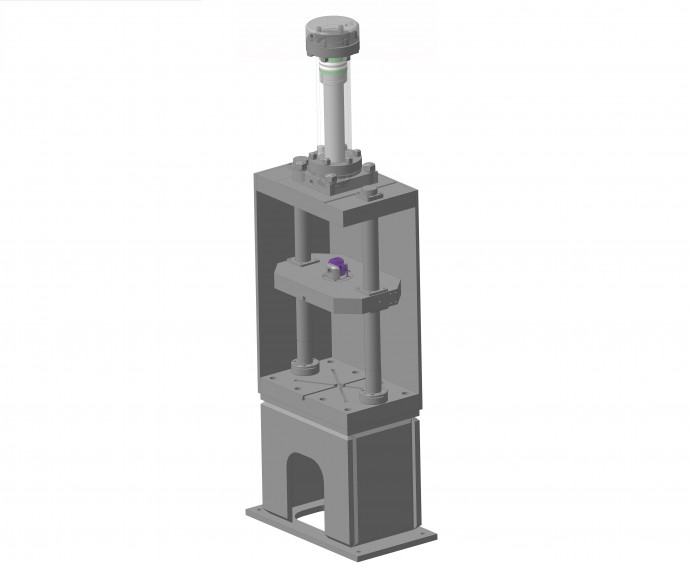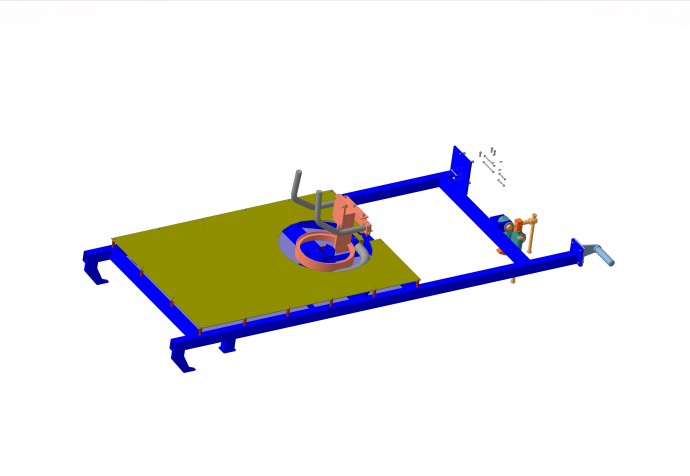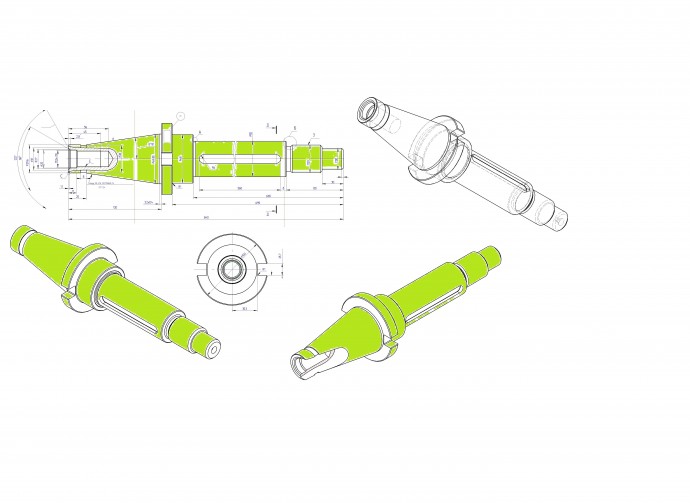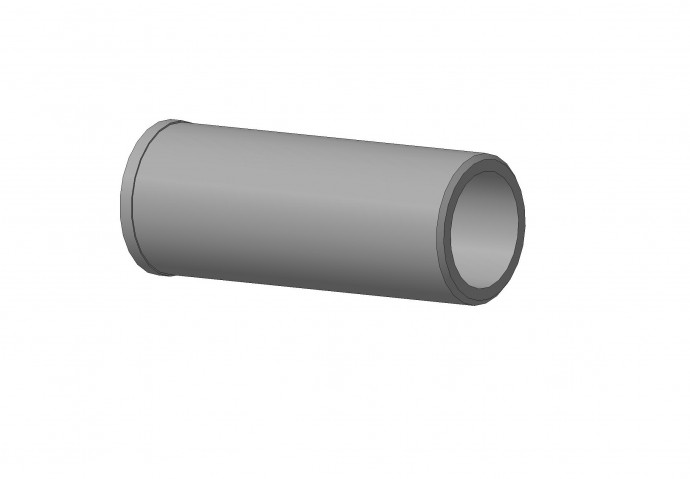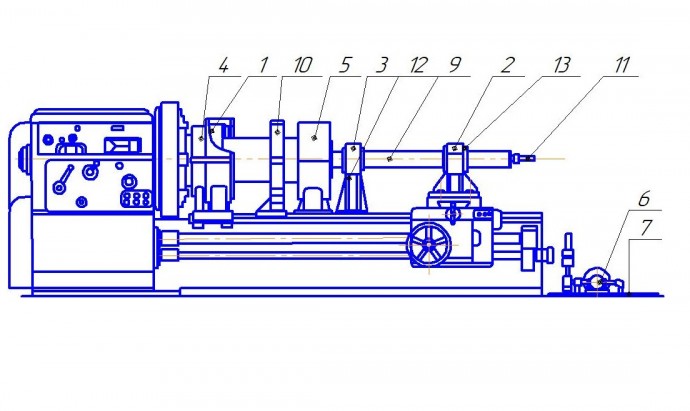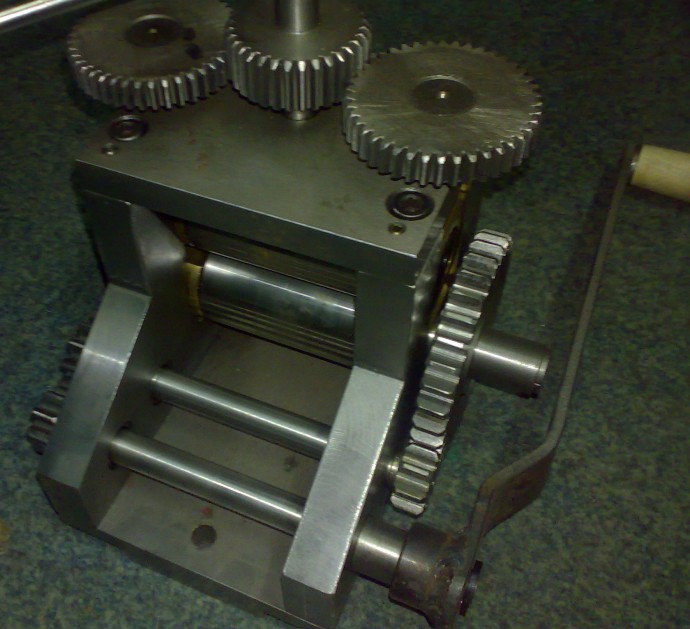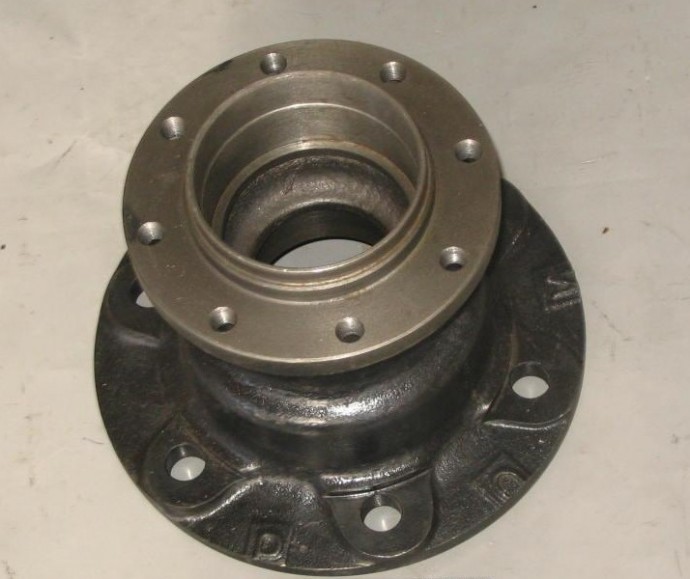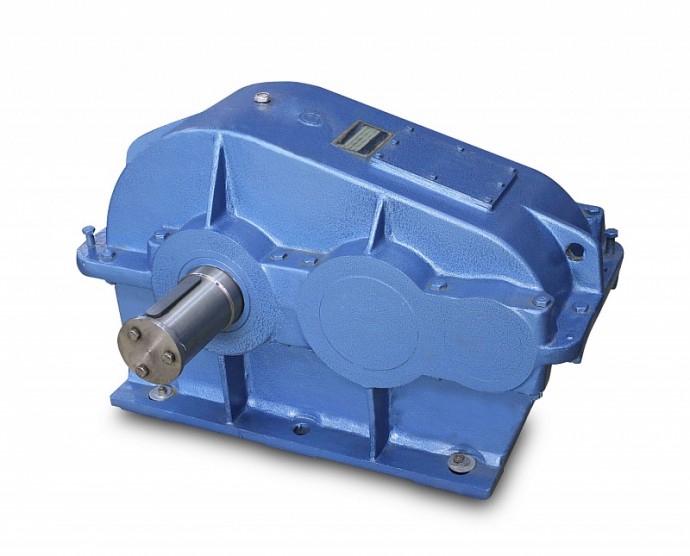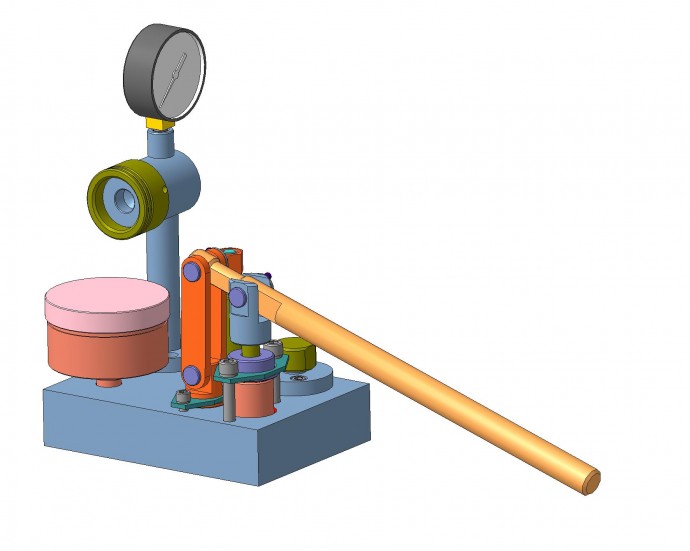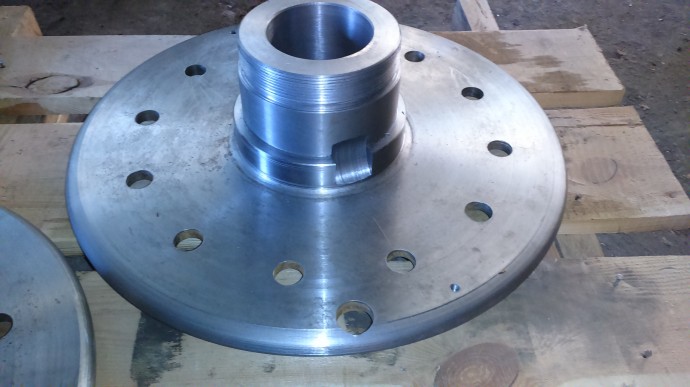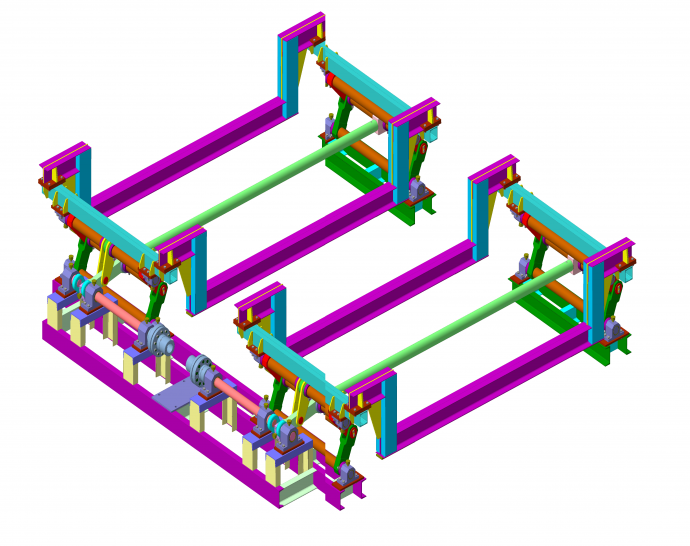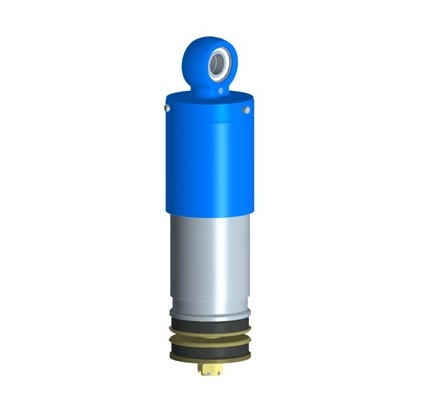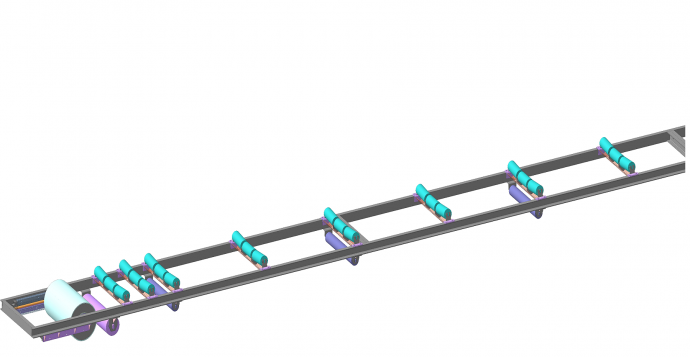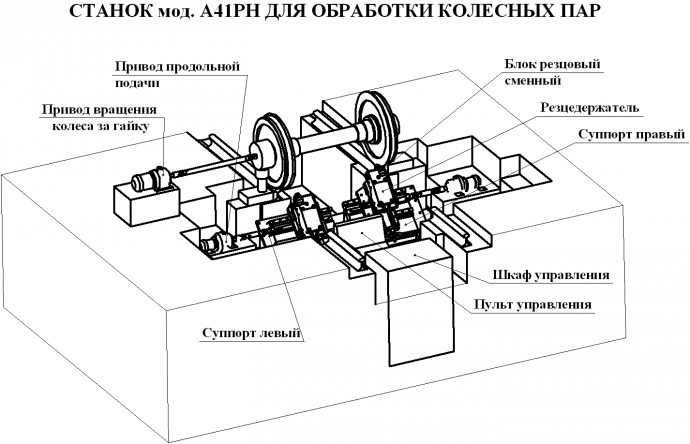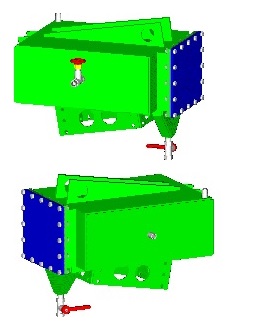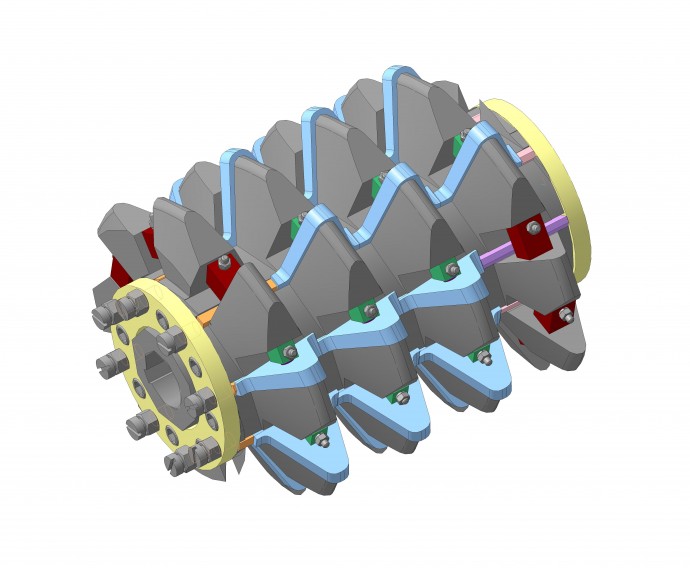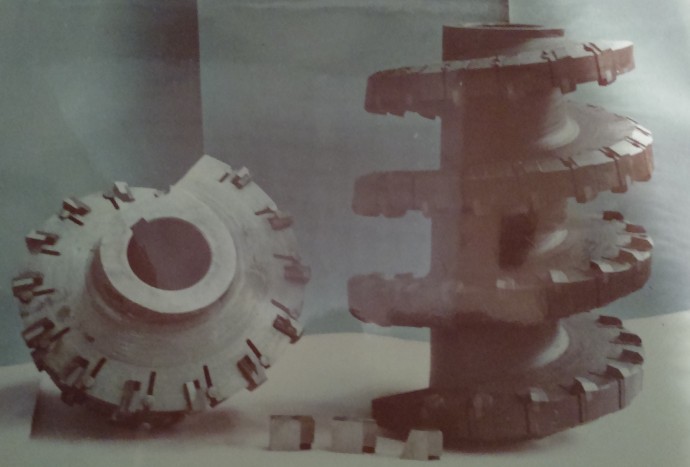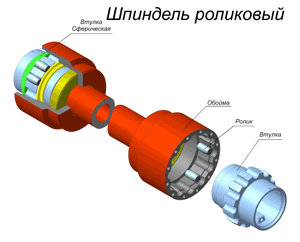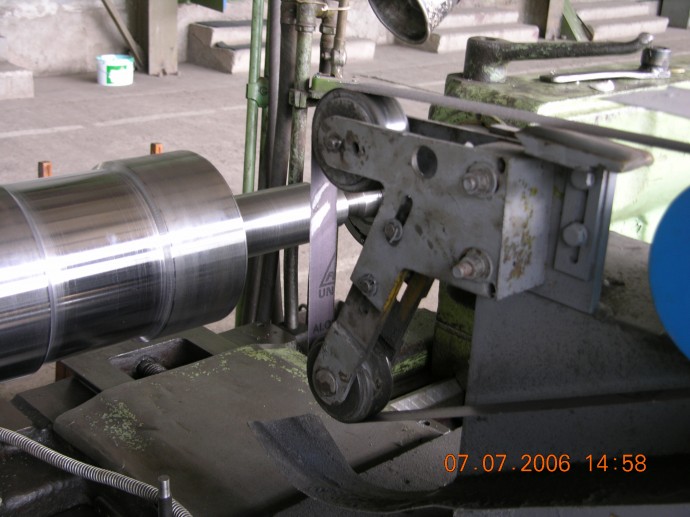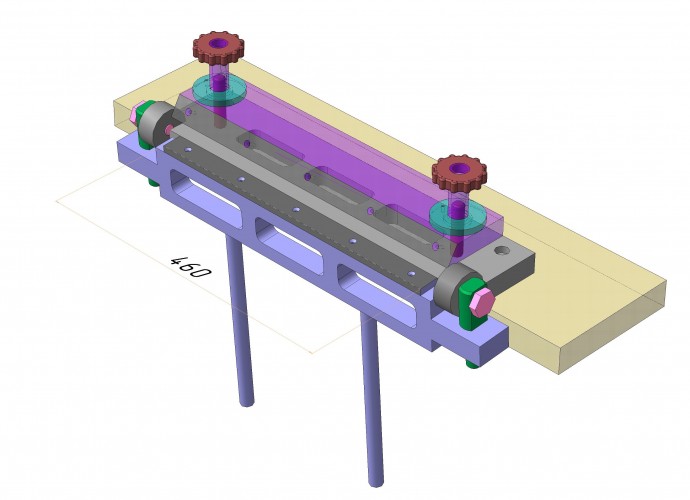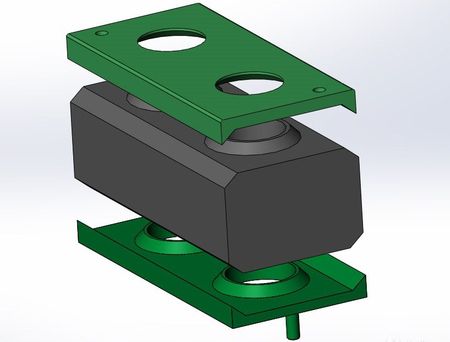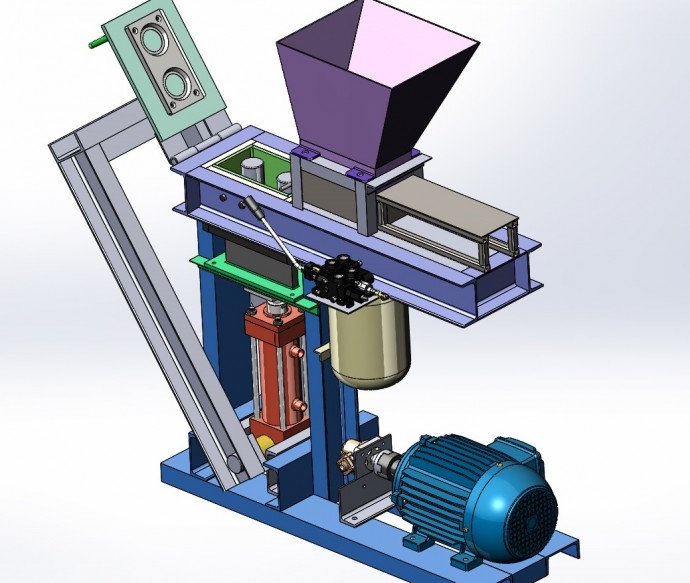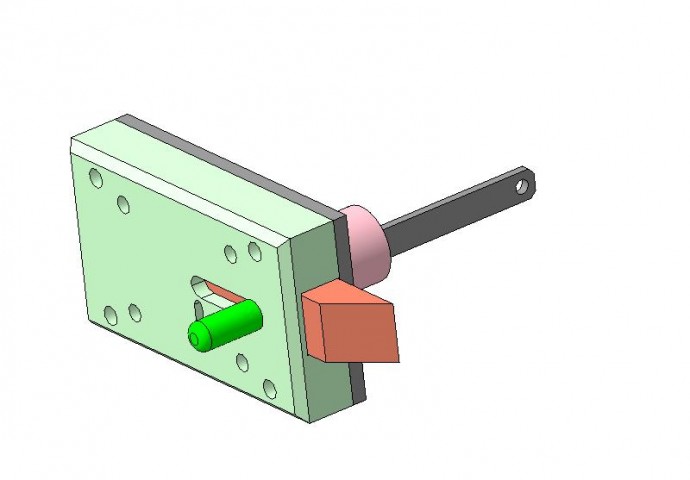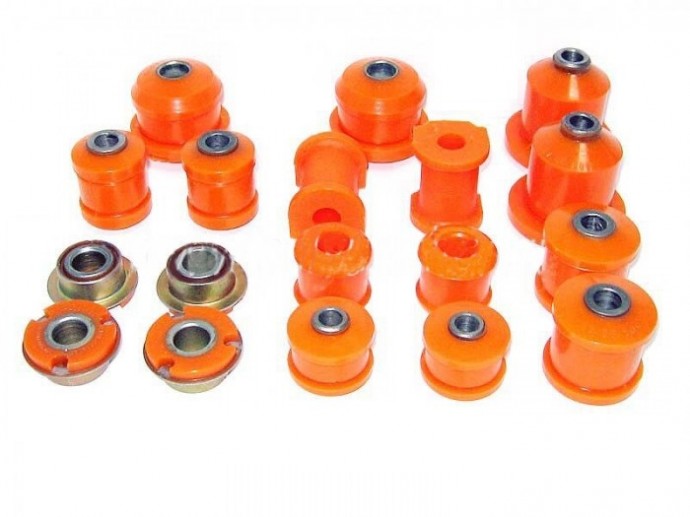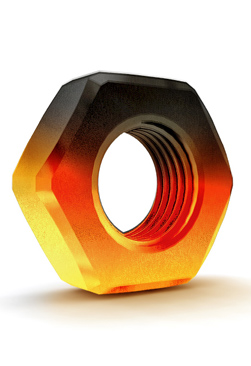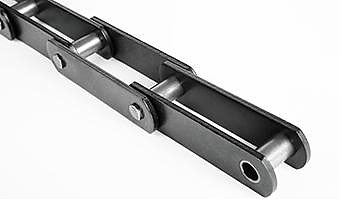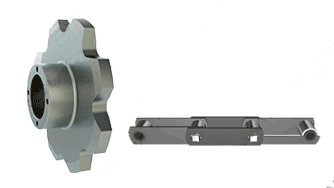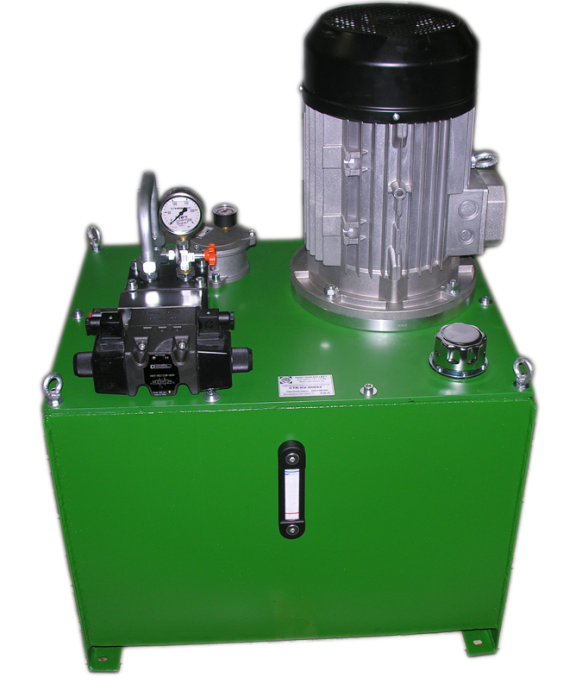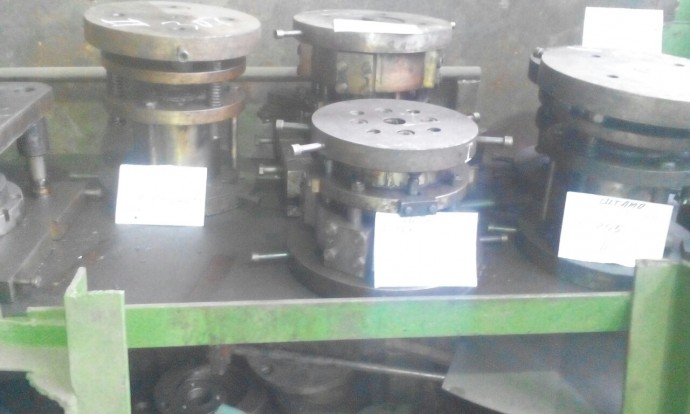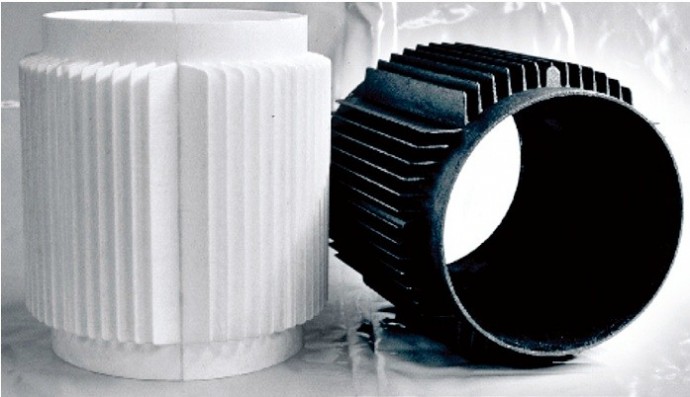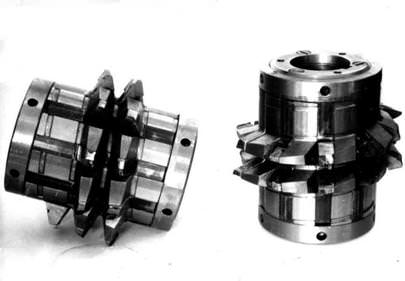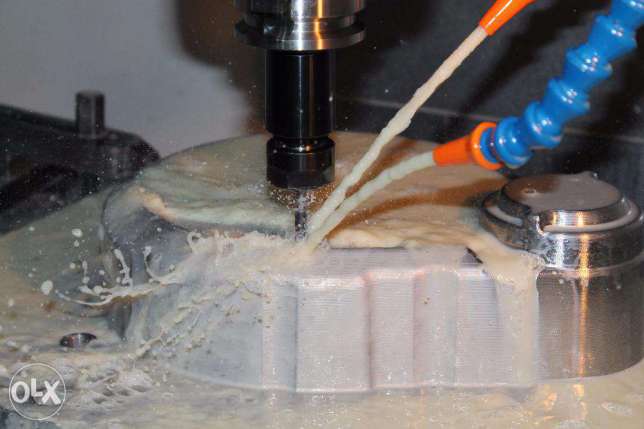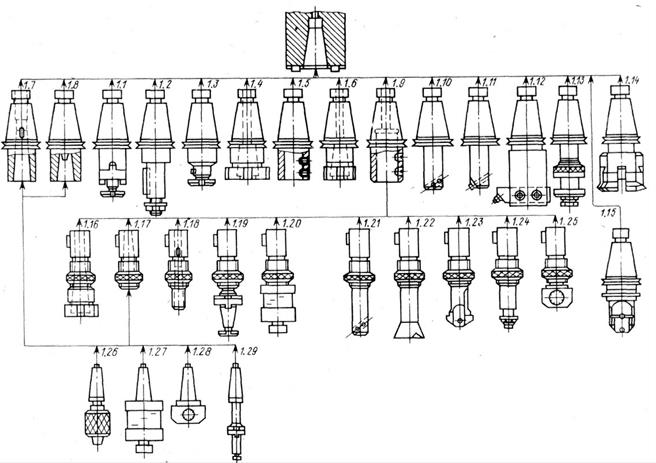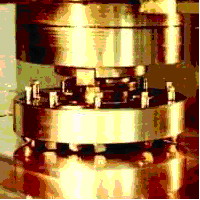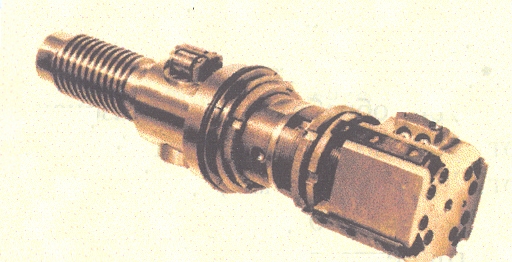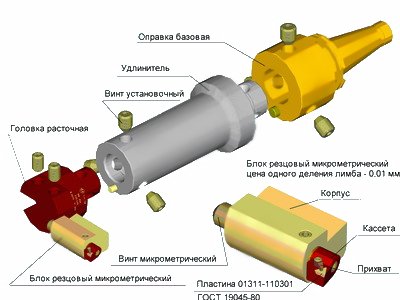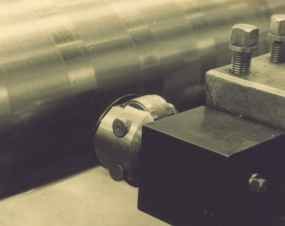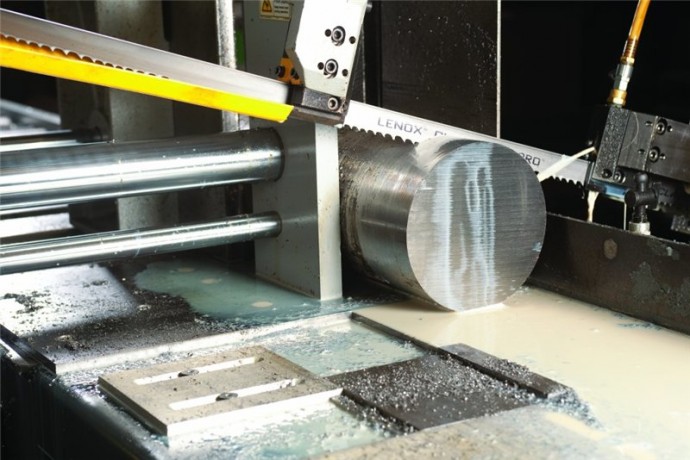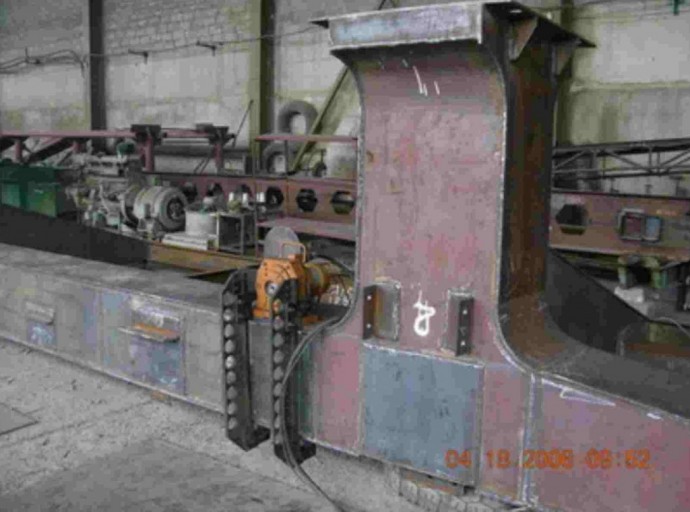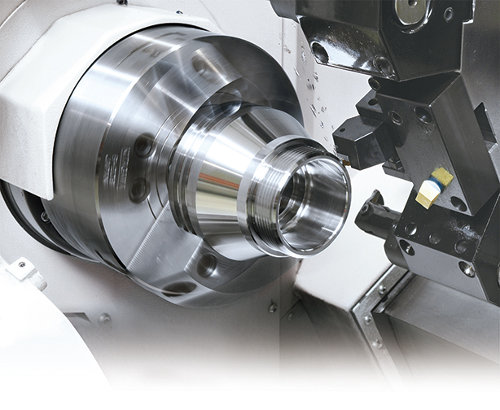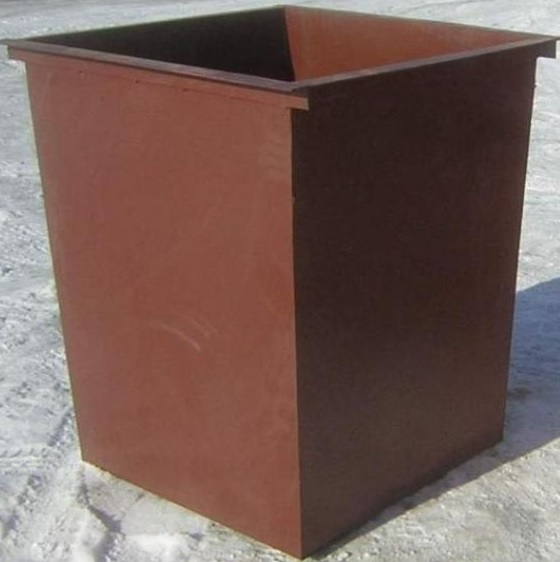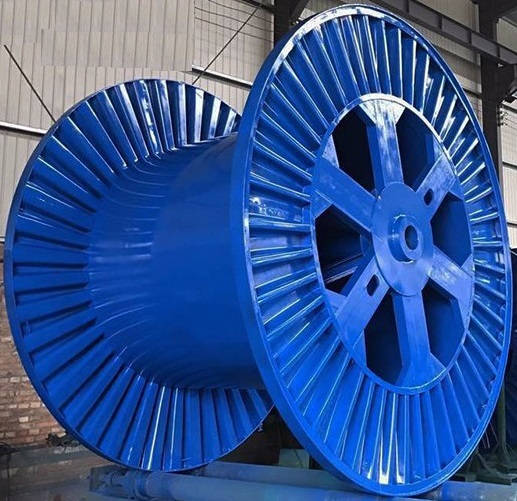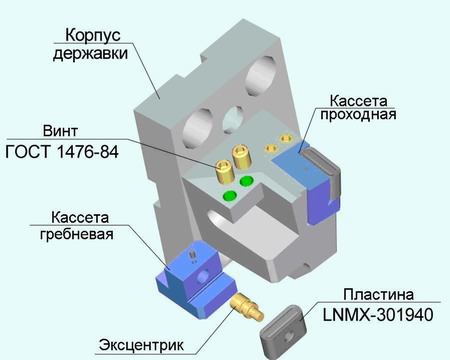Mathematical modeling of stochastic processes in drive systems
Mathematical modeling of stochastic processes in hydraulic drives represents a major scientific problem, which has an important theoretical and applied value. Hydraulic actuator is a specific class of mechanical systems with a fluid working medium, which has special properties. Features of the working environment of the hydraulic drive are extremely complex dynamic processes that take place in the hydraulic drive.
At present, the working processes of the hydraulic drive have not been studied enough. The existing theoretical concepts are based on the application of fundamental scientific principles of hydrodynamics and hydraulics. Using them to simulate real drive systems requires significant correction of the results and conclusions.
Most of the workflow of the hydraulic drive is characterized by changes and uncertainty of its parameters. The number of such parameters is calculated by tens and hundreds, and their contribution to the formation of the characteristics of the hydraulic drive is tenth and hundredths of a percent. The complexity and uncertainty of the workings of the hydraulic drive leads to a change in the characteristics of the elements of the hydraulic drive. Hydraulic resistance parameters change when moving static volumes of liquids. Accidental changes undergo circuits and modes of motion of fluid in devices hydraulic drive. This is due to manifestations of tearing and cavitation phenomena.
Changes in the parameters of the working processes lead to chaotic changes in the characteristics of the elements of the hydraulic drive. Within certain limits, integral characteristics change. This is manifested by the instability of the work of individual aggregates prone to self-oscillations, vibration of individual parts.
Accordingly, the assessment of the entire complex of various parameters that determine the characteristics of the hydraulic drive, must be carried out by statistical methods, taking into account the stochastic parameters of the working processes and characteristics of the elements of the hydraulic drive.
Traditionally, random processes are used for mathematical modeling of some characteristics of a hydraulic drive. This is in particular the definition of the current values of pressure, pulsations of flow, noise characteristics of the hydraulic drive. There are averaged values of some parameters, scattering, frequency ranges of dynamic actions (vibroacoustic). Estimation of the whole complex of characteristics of the hydraulic drive by methods of the theory of probability for the given time was not carried out.
In this monograph the results of many years of authors' development in the field of mathematical modeling of stochastic processes occurring in drive systems, in particular, in hydraulic drive systems, are presented.
The results of the research are systematized and merged into four parts.
In the first part (section 1 and 2), the basic provisions of the theory of random variables and random processes, methods of their modeling by means of modern mathematical packages and original author's developments on practical methods of synthesis of random processes, which are recommended in the simulation of drive systems, are given.
In the second part of the monograph, which unites sections 3, 4, 5 gives an analysis of the work of the hydraulic drive, as the cause of the random changes in its characteristics. Random changes of characteristics of separate elements of the hydraulic drive and drive systems in general are considered. The basic conceptual positions of mathematical modeling of stochastic processes in drive systems are formulated.
In the third part of the monograph (sections 6 and 7) the practical application of the developed methods of mathematical modeling of stochastic processes for specific autonomous systems of the hydraulic drive - hydraulic shock absorbers of rolling stock of railways is given.
The fourth part, which unites sections 8, 9 and 10, presents the results of simulation of specially developed bench equipment for diagnostic tests of hydraulic shock absorbers, methods of analysis of test results and technological methods for improving the quality of non-rigid parts of bench equipment and parts of hydraulic shock absorbers.
The estimation of the influence of random factors that occurred during the testing process has made it possible to significantly increase the reliability of diagnostic tests, significantly increase their informativeness. The special methods of processing the test results based on the computer processing of the experimentally determined characteristics of shock absorbers are proposed and take into account the stochastic nature of the processes taking place in the shock absorber and bench drive systems.
The problems of technological quality assurance of the responsible parts of the hydraulic drive system are considered. The decision of the problem of control of accuracy of geometric parameters of non-rigid parts and technical means of its realization by non-traditional technologies is presented.
The materials presented in the monograph are of a general nature. Their application is especially effective for the study of precise hydraulic drives. These are following drives of metal-cutting machine tools, other process equipment. Detection and analysis of accidental changes in the characteristics of the hydraulic drive opens up new possibilities for the improvement of high-performance devices of the hydraulic drive and hydroautomatics.
Sections 1 and 2 are written by D.Sc., prof. Stroutinsky VB, chapters 6 and 10 written by Ph.D. Kolotom O.V. Sections 3, 4, 5, 7, 8,
Source:
Тип статьи:
Copyright


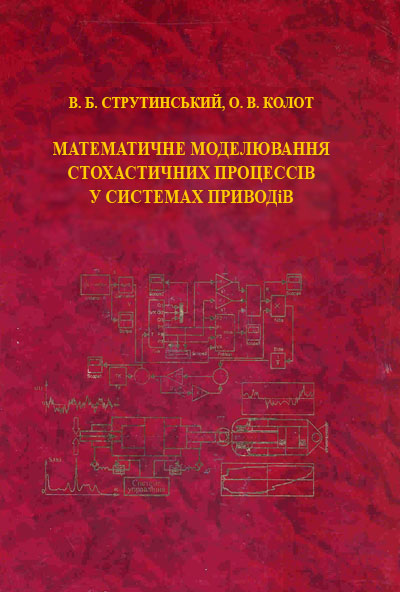
 en
en ru
ru uk
uk
